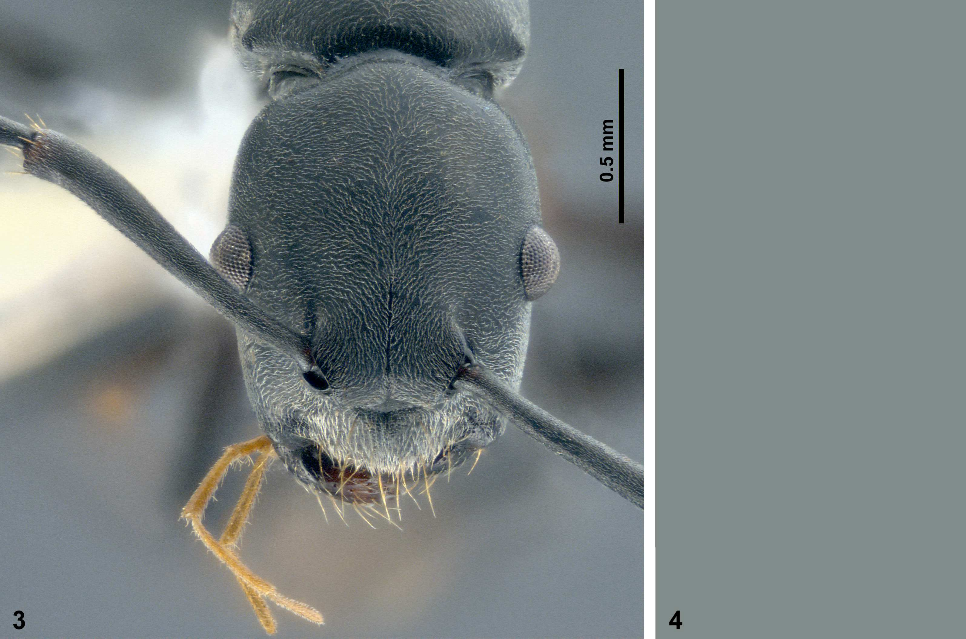
There are 16000 ant species around the world that have scientific names. Among those species, there are about 33 which belong to the Echinopla genes which are found in Australia, Philipines, Papua New Guinea, Indonesia, India and Malaysia.
In Malaysia, 15 Echinopla species have been identified. The latest addition found by UTHM researchers is the 16th ant species, which is also the second discovered in Johor. The first species was Echinopla Wardi, found in Kota Tinggi, Johor.
The new Echinopla species was collected from bushes nearby Sungai Bantang, Hutan Simpanan Lipur Sungai Bantang, in May 2017. This ant species measures at 5.48mm in length and is black in colour. The majority of other Echinopla species have body hair, however, the newest found species do not.
Since there are taxonomy groups around the world which studies ants and is known as Myrmecologists, the Centre of Research for Sustainable Uses of Natural Resources (CoR-SUNR), Faculty of Applied Sciences and Technology, Universiti Tun Hussein Onn Malaysia (UTHM) has submitted the newly found ant specimen to Dr. Herbert Zettel who leads the Echinopla research group at the Natural History Museum of Vienna, Austria. Dr Zettel has verified that the ants are indeed a new species.
The discovery of Echinopla is the first achievement for CoR-SUNR and UTHM. To acknowledge this important finding, researchers from the centre has seek approval from His Royal Highness the Sultan of Johor, Sultan Ibrahim Ibni Almarhum Sultan Iskandar, who is also the Chancellor of UTHM to name the new ant species. In March 2018, Sultan Ibrahim has approved to name the new ant species as Echinopla tunku–abduljalilii.
With this agreement in naming the new ant species, the International Code of Zoological Nomenclature (IZCN), an international body that organizes the naming of new species will issue a statement of verification, thus making Echinopla tunku–abduljalilii official. This name will remain and will only become obsolete when the species become extinct.
To date, there were also other species which were named after the royal family such as the Rafflesia tengku–adlinii which was found in Sabah.









